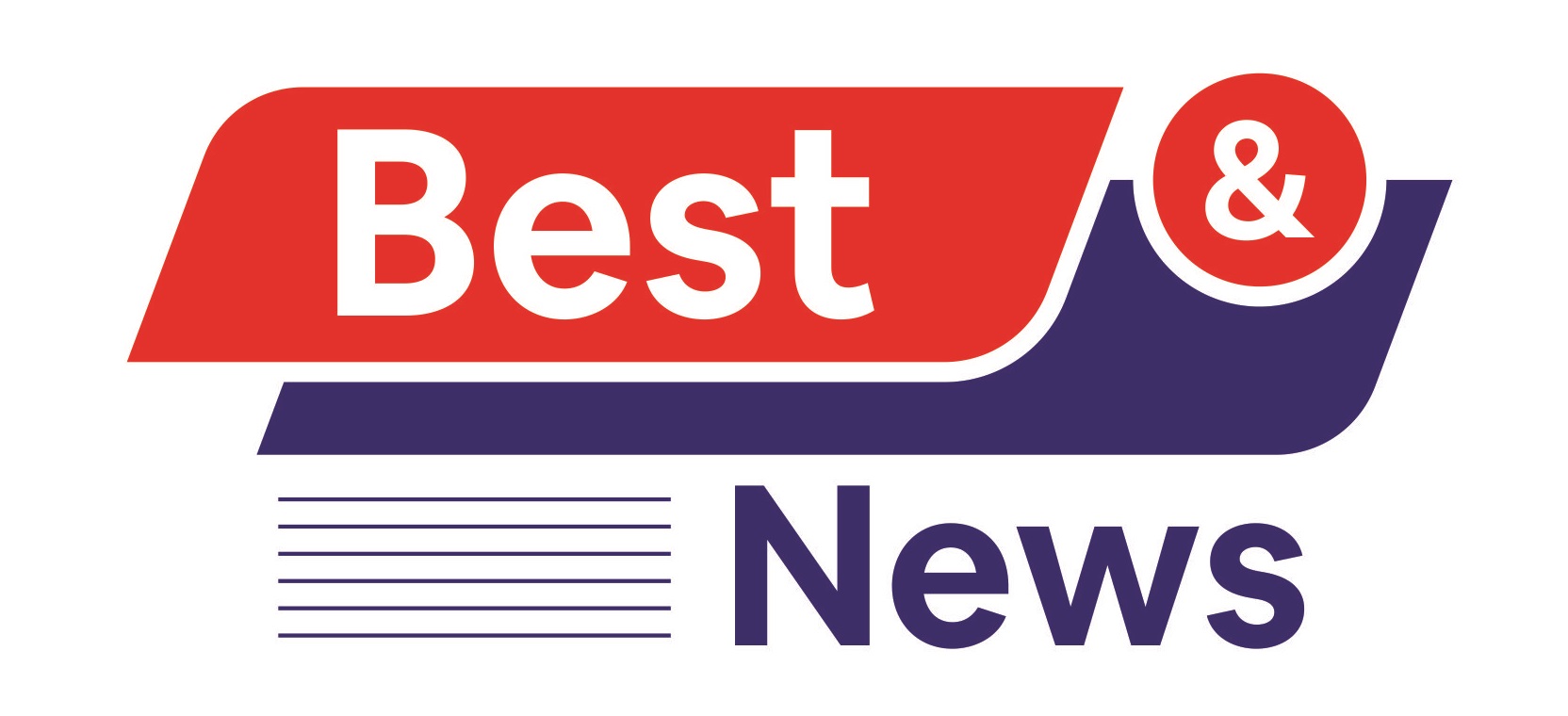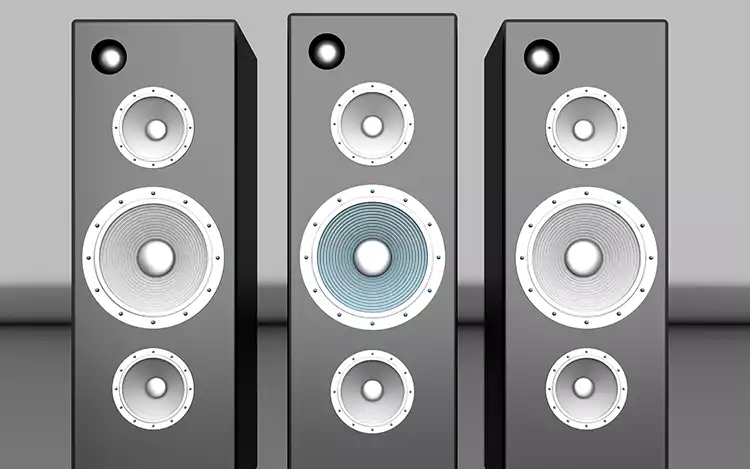The Android phone is my favorite. If anyone in my immediate circle asks me for advice on a new phone, I typically recommend an iPhone over an Android phone. I’ll clarify. Let me start by saying that Android is the best mobile operating system in my opinion. I really appreciate the various hardware options and the vast software customization options available. If you want a phone with the most alluring design and, consequently, the most interesting camera, your best bets are the Samsung Galaxy S10 and the Google Pixel 3. But when my friends and family ask me for advice on what phone they should get, I usually recommend an iPhone over an Android phone. To clarify, I did not say that “iOS is better than Android.” When deciding between the iPhone XR, iPhone XS, and iPhone XS Max from Apple, it’s not just about the platform, but also about how well the software and the hardware complement one another. One aspect of the ecosystem at play is the iPhone’s natural integration with other Apple devices. These include computers, the Apple Watch, and the Apple TV. I’m attracted to Android phones. When asked by friends and family members which smartphone they should buy, I almost always recommend an iPhone. So that’s why. First off, I’d like to say that Android mobile devices are among my favorites. The flexibility, both in terms of hardware configuration and software add-ons, is fantastic. Samsung’s Galaxy S10 and Google’s Pixel 3 stand out for having the most alluring design and the best camera, respectively. When asked by friends and family which smartphone to buy, I typically recommend iPhones over Android devices. For this reason, I refrained from favoring iOS over Android. The attractiveness of the iPhone XR, iPhone XS, and iPhone XS Max is due not only to the platform, but also to the excellent hardware and software that Apple has included in each model. The iPhone is fully compatible with other products in the Apple ecosystem, including Macs, the Apple Watch, and Apple TV.
PLAY SOUND
The A12 Bionic chip in the most recent iPhones is faster than any Android chip, so keep that in mind if you’re shopping for a new phone. In Geekbench 4, an overall performance benchmark, the iPhone XS surpassed the Galaxy S10 Plus’s Snapdragon 855 processor. Even though the gap has narrowed thanks to the Snapdragon 855 chipset found in this year’s top Android phones, the iPhone XS outperformed the Galaxy S10 Plus by a score of 11,420 to 10,732. We also found that the newest iPhones have a faster transcoding time than the Samsung S10, with the iPhone XS needing only 39 seconds compared to the Samsung S10’s roughly 2.5 minutes in our editing test. This speed boost also facilitates the use of demanding augmented reality software. If you want to read more about great sound quality, check out these speakers on SpinGenie.ca.
- Better hardware and software integration
Over the years, Apple has benefited from having full control of the widget, which has made certain features possible in Apple’s case only. or at least do it in a hurry if you can’t. Face ID, Apple’s most recent biometric authentication system, uses a TrueDepth camera to capture a 3D scan of the user’s face for use as a password. Companies that have tried to imitate Apple’s Face ID have failed so far. Apple’s Animoji and Memoji are two examples of products with seamless software/hardware integration. Samsung’s AR Emoji looks like a clumsy imitation in comparison.
- Easiest phone to use
Even though Android phone makers have been promising for years to simplify their skins, the iPhone remains the easiest phone to use. While I can see why some would be disappointed by iOS’s lack of visual evolution over the years, I actually find this to be a strength, as the operating system continues to perform largely as it did in 2007. You should pick it up, turn it on, and then tap the app’s icon to activate it. Naturally, Apple has updated its products over time with features like Control Center and Siri. Live Photos can now be edited, PayPal can be used within the Messages app, and the Files app can be used for efficient file management thanks to iOS 11. (which is way overdue considering that Android has had files access from the start). Better performance, Group FaceTime, Siri Shortcuts, and Suggestions are just some of the new features available to users in iOS 12. Expect even more improvements with iOS 13 this fall
- OS updates when you want them
This is going to sting a little, Android fanatics. As of February 2019, 83% of all iOS devices released by Apple in the preceding four years had iOS 12 installed. Google still hasn’t even released adoption rate statistics for Android Pie as of April 2019. However, it took Android Oreo about a year to reach only 19% adoption. The problem is that Samsung and LG, unlike pure Android devices such as the Pixel 3, have to jump through some hoops in order to bring you the latest version of Google’s OS. Manufacturers of mobile devices are also notoriously slow to release software updates for older models. The situation is getting better, but not fast enough. If you have an iPhone that is iOS 7 or later compatible, you can download and install the latest version of iOS on the day it is released (or very close to it, depending on how well Apple’s servers handle the load). There are no signs that this dynamic will change.
- The best apps first
Now that millions of apps are available for both iOS and Android, the app wars are over, right? No, seriously. According to the industry, the iPhone remains the preferred platform for the release of innovative new apps. Like Netflix, Google Play eventually gets all the popular apps, but it’s usually after they’ve already debuted on iOS. It took several months to port Fortnite from iOS to Android, and the game was still a Samsung exclusive afterward. Other popular apps, like Super Mario Run and HQ Trivia, were delayed for months before they were made available on Android. Snapchat, Monument Valley 2, and Affinity Photo are just some of the apps that debuted on the iPhone before they did on Android. If you don’t want to feel like a second-class app citizen, the iPhone is still your best bet.
- No bloatware!
Samsung and other manufacturers have improved the experience for their customers by consolidating all carrier bloatware into a single folder, but this garbage is still taking up valuable storage space on your phone. The lack of carrier software on an iPhone ensures a pristine experience right out of the box. Apple includes apps like Apple Watch that you may not need or want, but the company is much more selective about which apps it bundles with its own products than its competitors. Additionally, in iOS 12, you can disable any preinstalled apps that you never use.
- Works beautifully with Macs
If you haven’t used an iPhone or Mac in a while, you might be surprised at how well they work together. Using the Continuity feature in macOS, you can do things like make and take phone calls, send and receive text messages, and more. All you need is access to an iPhone. AirDrop is my favorite feature because it streamlines the process of sharing media between my iPhone and MacBook Pro over Wi-Fi. The new Continuity Camera function in macOS Mojave and iOS 12 allows you to easily insert a photo into a text file, email, or note. The photos you take with your iPhone and the documents you create on your Mac are always available to you thanks to iCloud.
- Apple Pay
Apple Pay is the most popular way to make mobile payments, but it has several competitors including Android Pay and Samsung Pay. Its use is also incredibly simple. To use Apple Pay, simply bring your iPhone close to the payment terminal and place your finger on the Touch ID sensor. Face ID is activated by double-tapping the Side button on the iPhone XS and iPhone XR and then looking at the screen. If the idea of using your phone as a payment method at a store doesn’t excite you, consider this instead: Money transfers between contacts are now possible in Apple’s iOS Messages app. Although there are third-party apps that can do this, the iPhone already has this functionality built in. The Apple Card, Apple’s own credit card, promises to make it easier to keep tabs on your spending and otherwise manage your money. There are no obscure fees, in addition to the daily cash benefits.
- Family Sharing
Everyone in the Apple family pitches in to save money. Using Family Sharing on the iPhone, up to six people can share App Store, iTunes, and iBooks purchases made by Mom, Dad, and the kids. Individual iTunes accounts may be kept active. The Ask to Purchase feature alerts you whenever Junior wants to make a purchase, allowing you to keep tabs on what he or she is downloading and preventing any unpleasant surprises when the bill arrives. For either $2.99 or $9.99 a month, your family of four can subscribe to Apple’s iCloud and make use of its 200GB of storage space (2TB). Other features of Family Sharing include a shared calendar, shared photo albums, and the ability to view your children’s locations at any time on a map. Google’s easy family sharing feature isn’t available on Android phones, but the platform does have a better collection of the best parental control apps.
- Best support and help
If you’re having trouble with your Android phone, you could contact your service provider or look for solutions on online forums. However, if you own an iPhone, you have access to Apple’s extensive library of helpful how-to articles, live chat support, and the option to schedule time with a Genius at an Apple retail store. Google doesn’t have this kind of direct dialogue with its customers outside of the Pixel line. If you have another Android phone, you will need to contact your carrier or the phone’s manufacturer to get the same level of service.

